Removing the LP560-4’s roof merely adds to its allure.
The new open-top Lambo’s already doing 270km/h − well shy of its claimed v-max − as things become even more interesting. The braking markers fly past with a disturbing frequency and, finally, half a second’s hard braking washes off the scariest 50km/h.
But, still, the Spyder turns in at more than 220km/h to a long, long, long corner that tightens up twice. Twisting, snarling and challenging the most accomplished cars and drivers, this corner would have worried Lamborghini’s old Gallardo Spyder. It would have worried the driver a lot more. It’s a piece of extreme engineering and it demands a piece of extreme machinery.
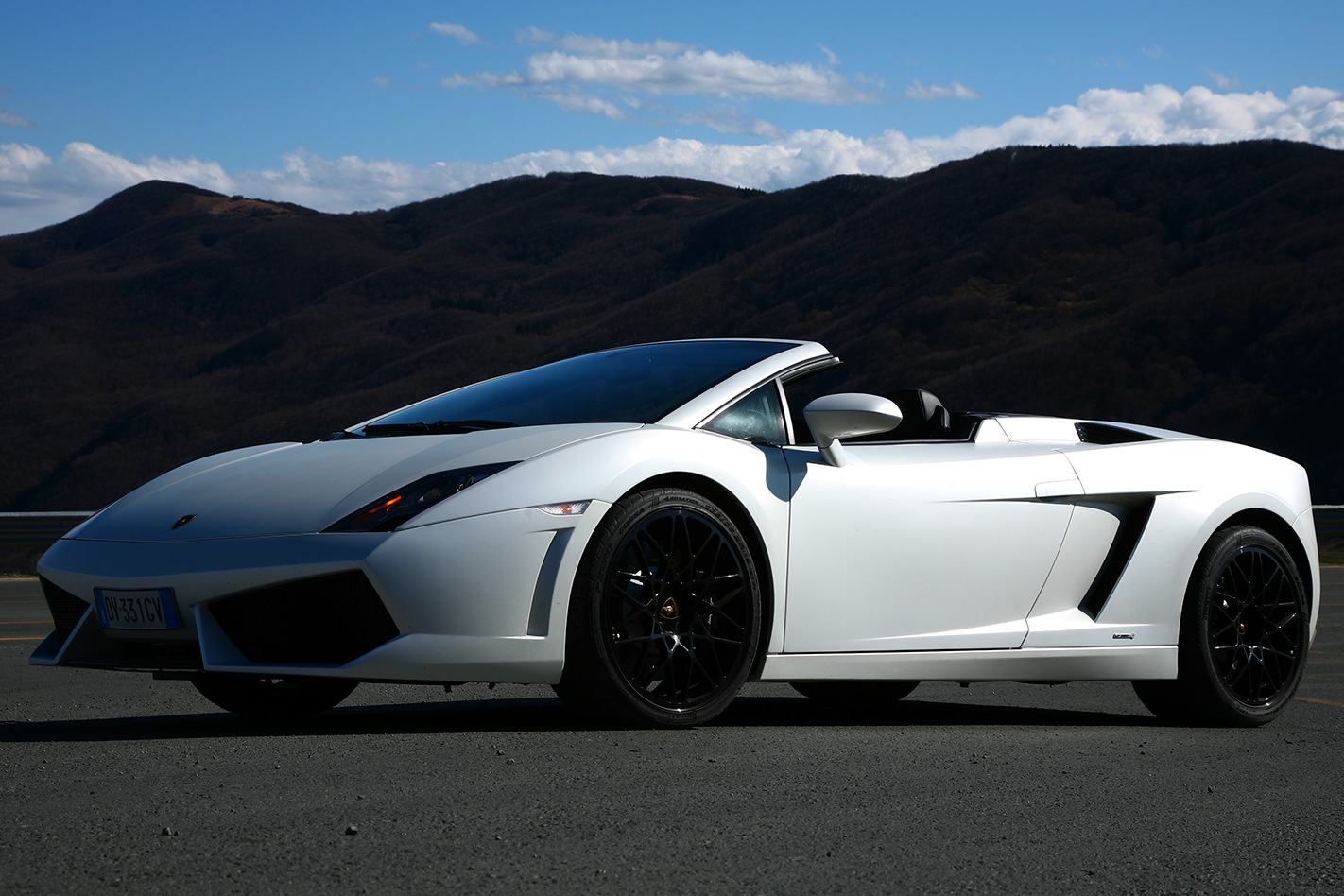

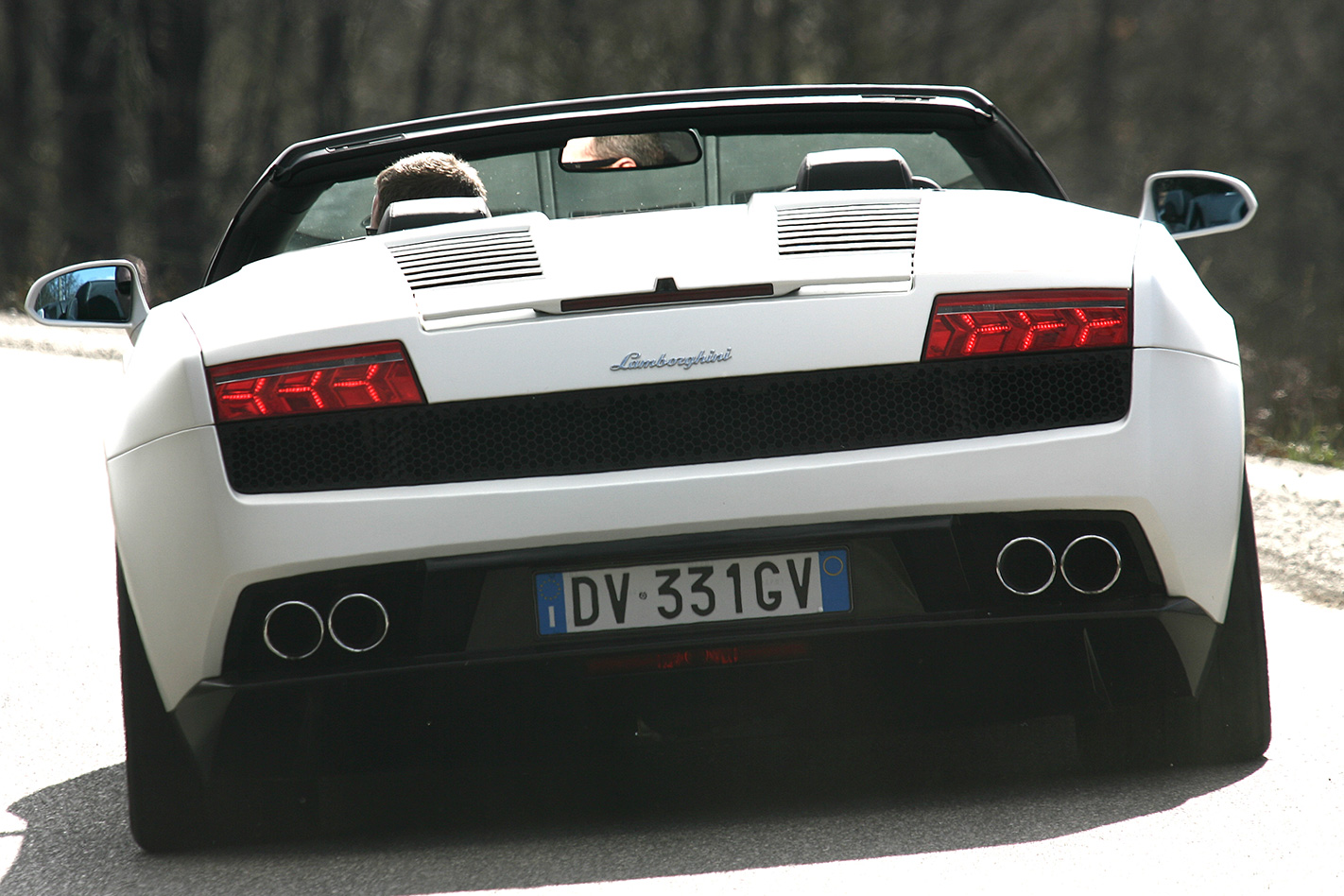
Deep beneath the seats, the Spyder is faster and more fuel efficient than its predecessor. That’s partly because the new direct-fuel-injection system increases efficiency and partly because the car is, at 1550kg, 20kg lighter.The 5.2-litre V10 spins freely right through to the 8300rpm cut-out and it would be a cruel man who didn’t love the way the sound had its own rich, distinct character at each and every rpm. It’s a deeper note than you’d think possible, full of huskiness and rising from a menacing growl at idle to a full blooded, barrel-chested bellow nearer to the redline. And it’s not just noise, either.
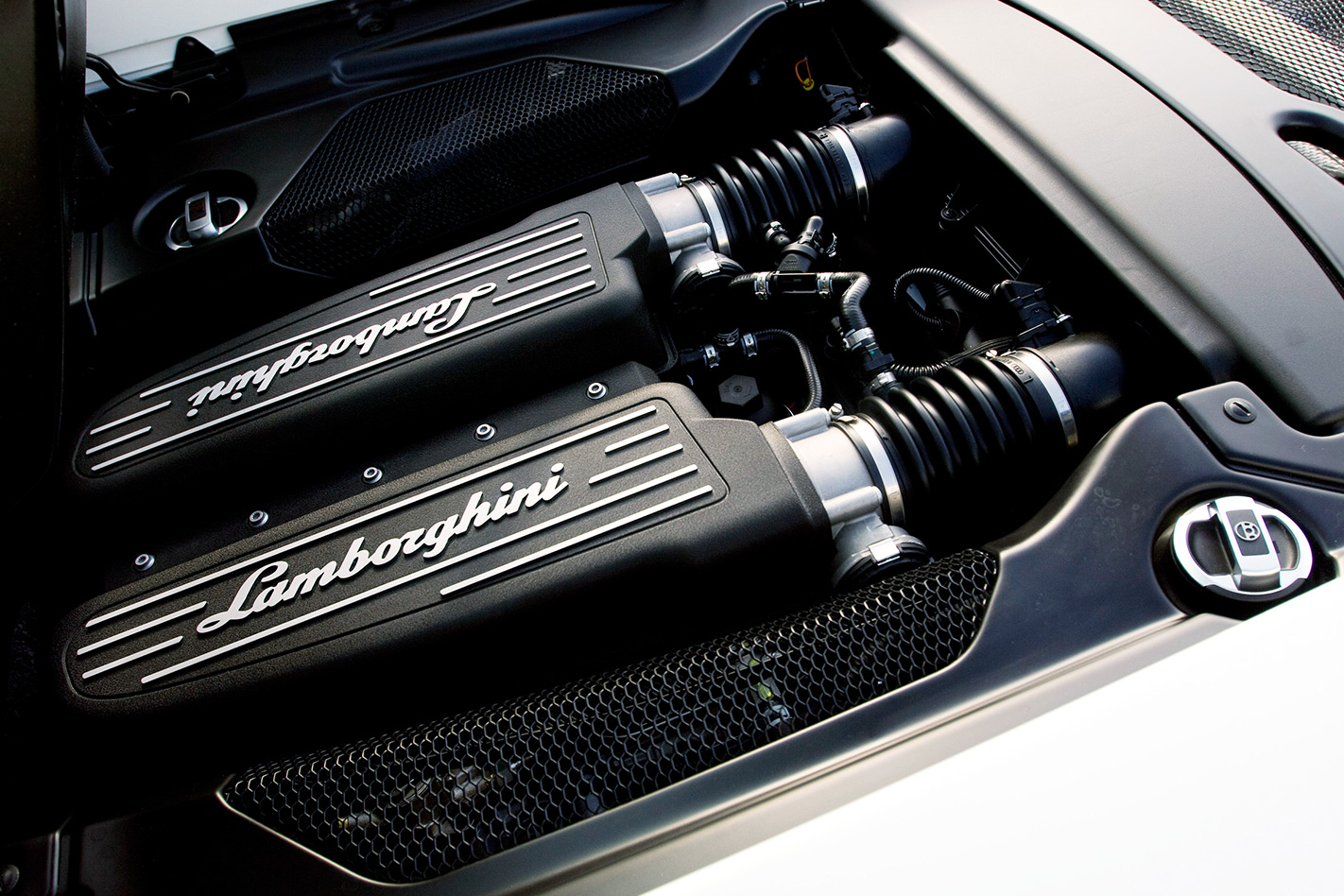
It’s comfortable in the default setting, starts swinging when you push the Sport button to change the six-speed E-gear’s paddle-shift software, and throws its heaviest punches in the track-oriented Corsa mode.There, the shifts become more brutal, cutting 40 percent from the shift time and sending an audible ‘bang’ from the clutch all the way down through the viscous-coupling centre differential to the front and rear diffs.The changes to the chassis have altered the character to sharp and reliable from crisp and dazzling. Even if you didn’t know about the roof, you’d know that its driving character is softer than the coupe’s. They’ve done a much better job of hiding the high nature of the roof’s extra weight than they did on the original Spyder.
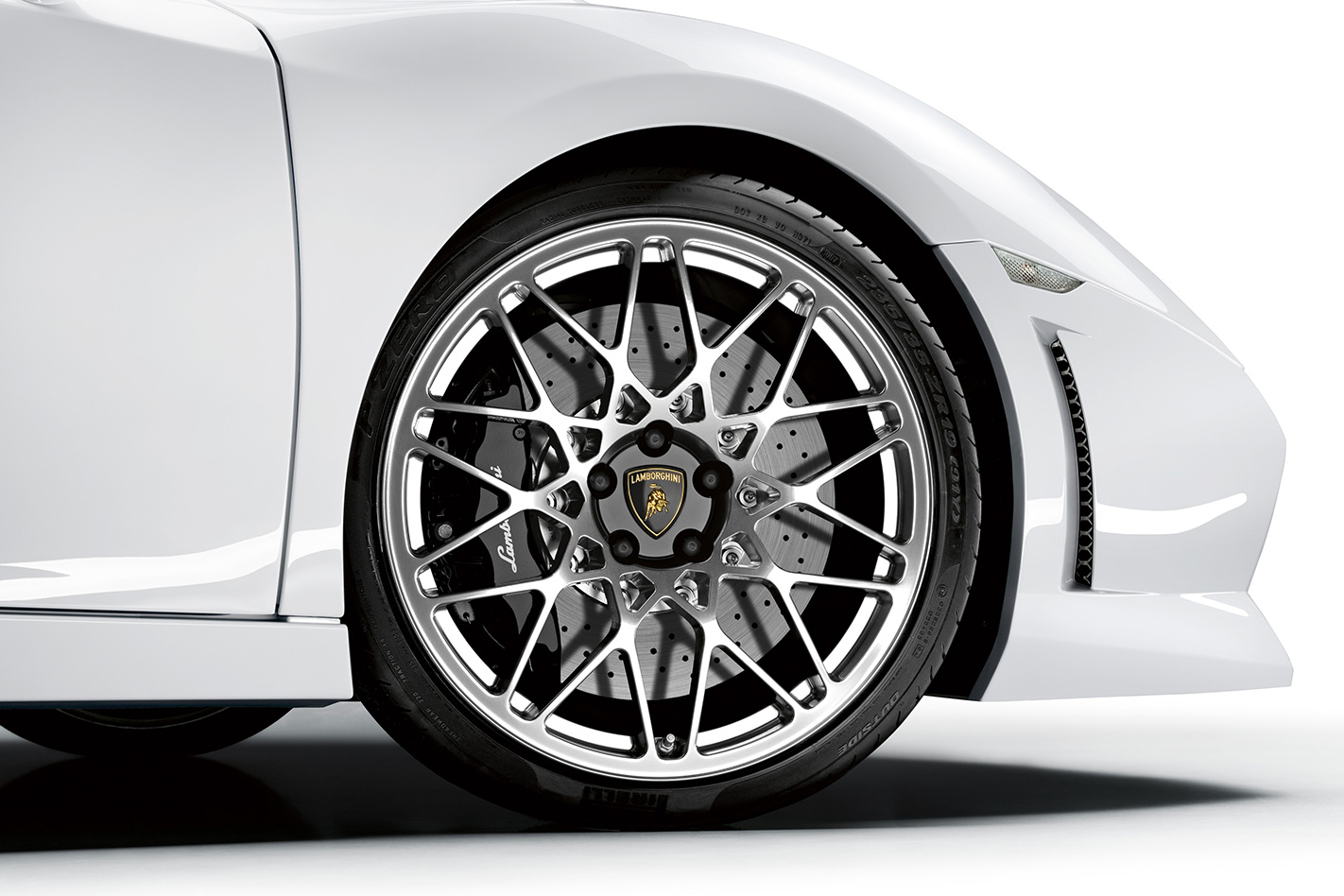
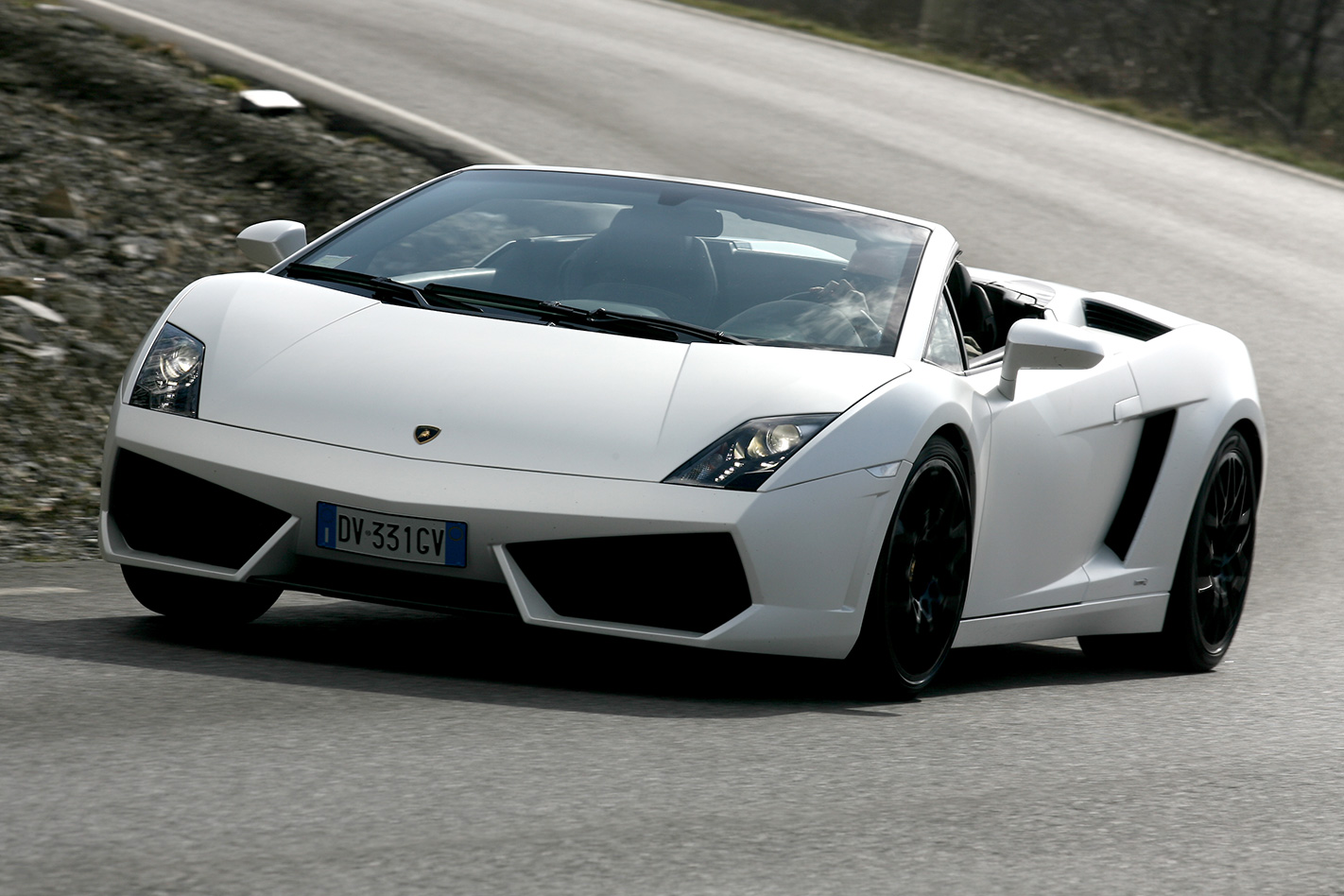
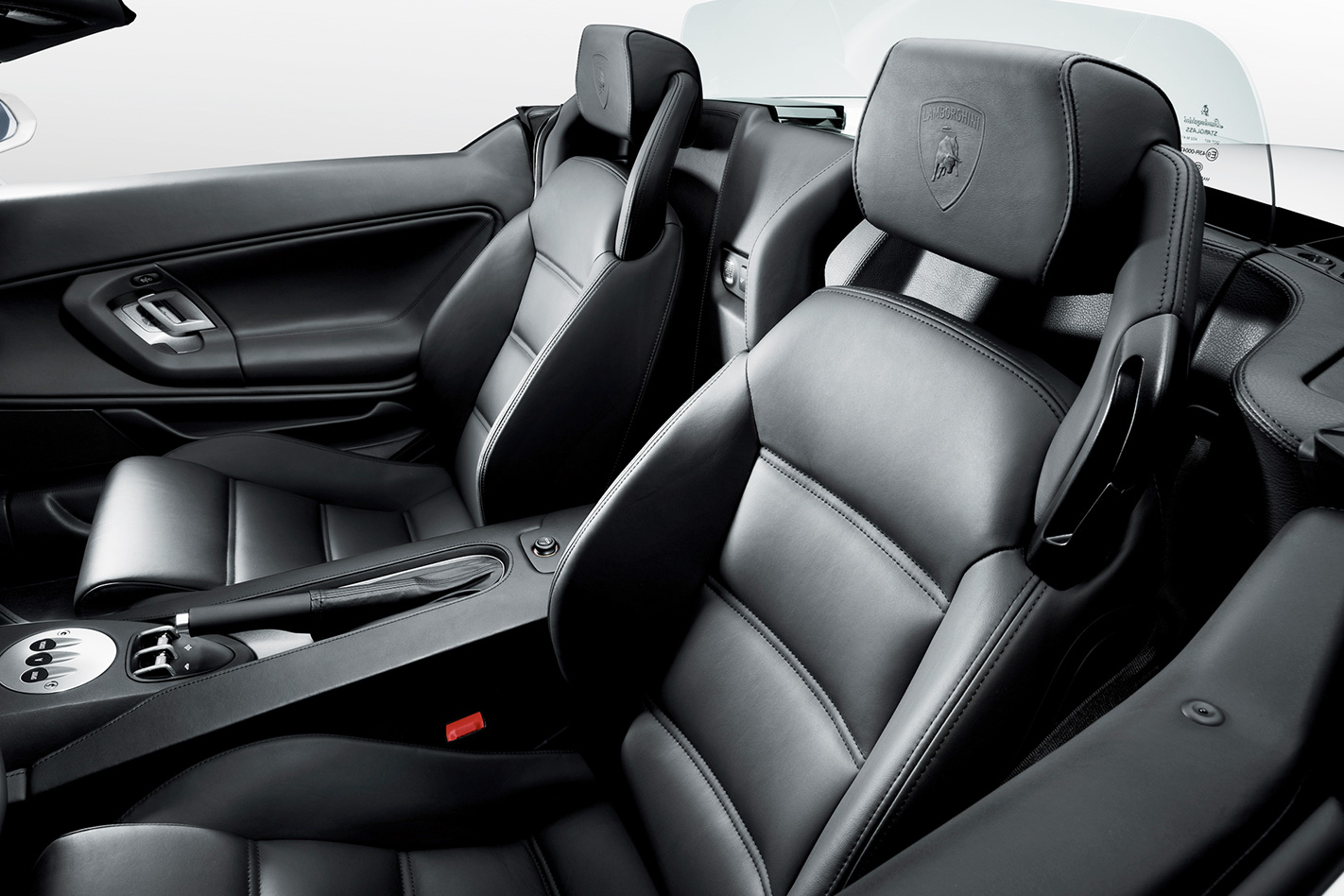
What you have now is a fast, achingly soulful car that’s more GT than Superleggera and easier to live with every day than you’d expect. It’s a superb job – a car that’s not just a roofless Gallardo, but a Lamborghini with a unique character in its own right.





